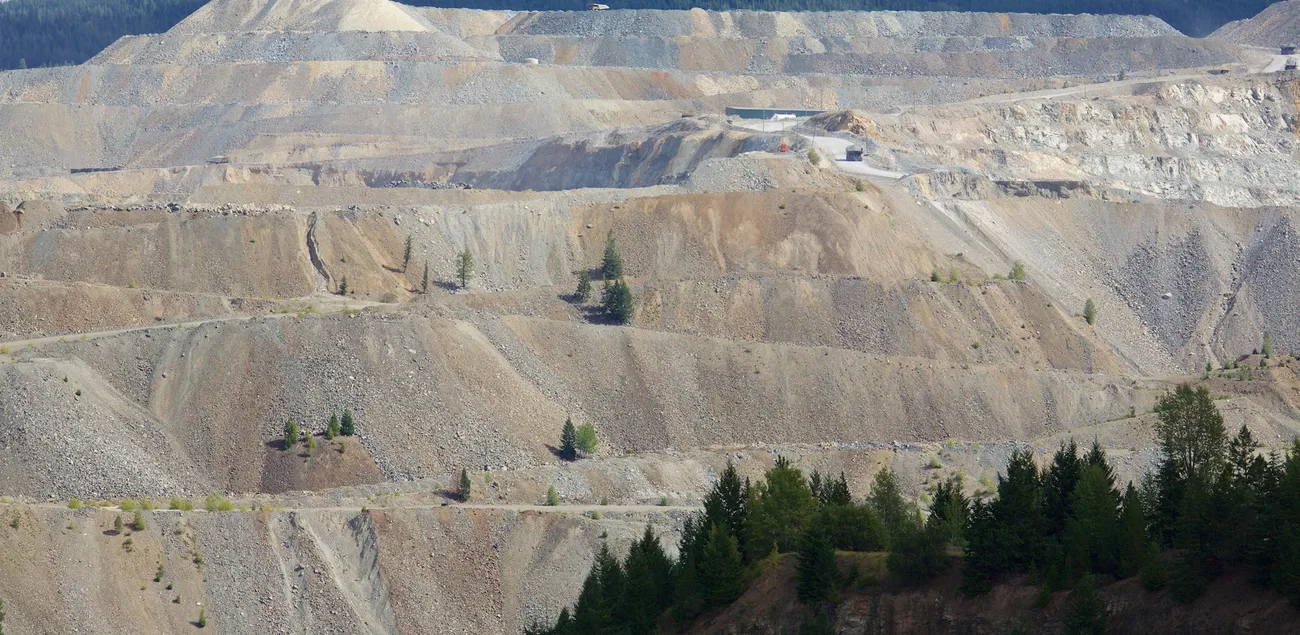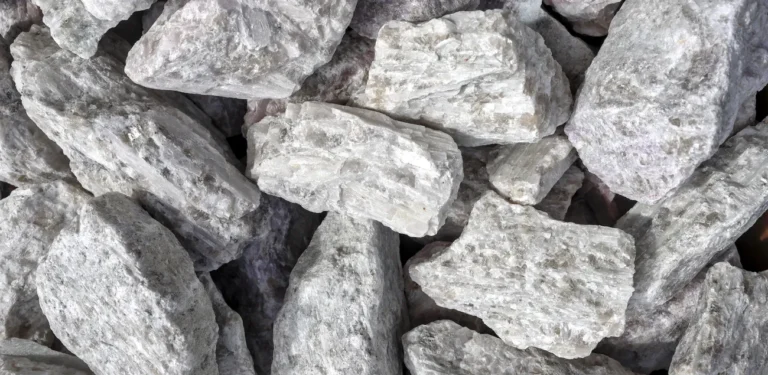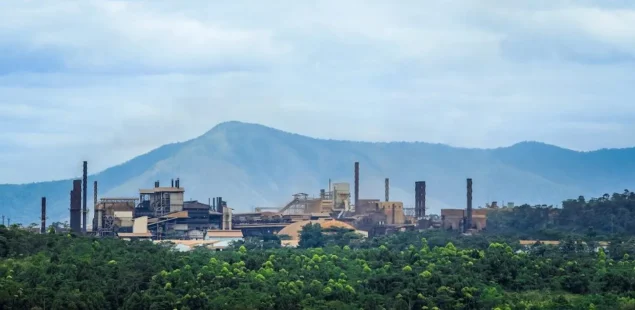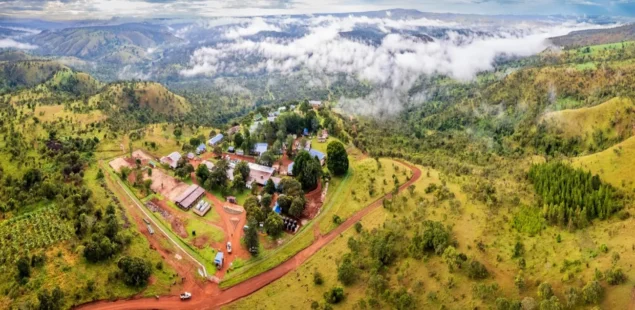
The Battery Metals Association of Canada, a trade organization representing battery-metals explorers and producers, has released comprehensive reports identifying Western Canada as an optimal location for mid-stream critical-minerals processing facilities that could capture greater economic value from the country’s abundant mineral resources. The analysis, conducted by Transition Accelerator consultants, targets nine critical minerals—including copper, lithium, nickel and rare-earth elements—across five regional clusters, as Canada seeks to reduce dependence on overseas processing while electric-vehicle adoption faces temporary setbacks.
Regional Advantages Support Processing Hub Development
Alberta emerges as a particularly attractive location for integrated processing operations, benefiting from established chemical-processing expertise, a growing share of renewable power, and precision-manufacturing capabilities developed through decades of petrochemical activity. The Calgary–Edmonton corridor contains existing feedstocks including lithium-rich brines, vanadium-bearing fly ash from coal operations, and synthetic-graphite precursors that could supply cathode and anode production for battery manufacturing.
British Columbia operates four producing copper mines that currently ship concentrates overseas—primarily to China—because there is no smelter in Western Canada. A regional copper smelter could encourage expanded production and exploration while creating higher-value products for domestic consumption or export, potentially capturing processing margins now realized abroad.
Market Challenges Create Strategic Opportunities
Statistics Canada reports that 12,347 new zero-emission vehicles were sold in March 2025, 44.9% fewer than a year earlier. National ZEV market share declined to roughly 9% in Q1 2025 (8.7%–9.7%, depending on the data source) from 18.9% in Q4 2024 as federal and provincial rebates expired and trade tensions generated uncertainty. Even so, forecasts still point to robust long-term growth in battery-materials demand, driven by electrification outside North America and the rapid expansion of stationary-storage markets, suggesting opportunities for Canadian processors despite near-term volatility.
Infrastructure Requirements Present Development Challenges
The reports identify transportation corridors and clean-power access as critical infrastructure requirements for successful processing-cluster development, though specific investment needs and timelines remain undefined. British Columbia’s Kootenays region benefits from Teck Resources’ existing zinc smelter, while Vancouver’s technology sector offers battery-manufacturing and recycling capabilities that could support integrated operations. Northern B.C., however, lacks mid-stream facilities, creating logistical challenges that will require heavy investment in transport, transmission and workforce training.
Government Investment Strategy Faces Competing Priorities
Canada is devoting significant public resources to develop an EV supply chain, much of it centred in Ontario’s automotive corridor, yet several marquee projects have encountered delays or uncertainty. Honda has paused its roughly C$15 billion ($11 billion) Alliston EV complex for about two years, and the future of Northvolt’s planned Quebec battery plant is unclear after the Swedish parent filed for bankruptcy protection. Western-Canadian processing proposals must therefore vie with established auto-sector investments in central Canada for attention and support.
The federal Critical Minerals Strategy, released in 2022, prioritises lithium, graphite, nickel, cobalt, copper and rare-earth elements but to date has channelled most funding to large-scale manufacturing rather than mid-stream processing; advocates argue the western clusters fill that gap.
Chinese Dominance Creates Supply-Chain Vulnerabilities
China controls nearly 90% of global rare-earth processing capacity and holds dominant positions in several other battery-metal supply chains, exposing Western manufacturers to strategic risk. Canadian rare-earth exploration projects in British Columbia, Saskatchewan and the Northwest Territories remain small-scale but, coupled with Saskatchewan’s new rare-earth refinery, could provide the feedstock and expertise needed to underpin domestic mid-stream facilities.
Developing this capacity requires specialised chemical and metallurgical skills seldom found in traditional automotive supply chains, underscoring the need for research partnerships and targeted workforce programmes.
Economic Multiplier Effects Support Investment Case
The BMAC analysis argues that integrated processing clusters offer economic-multiplier benefits by fostering synergies among individual projects and anchoring a broader industrial ecosystem. Mid-stream plants typically capture more value than raw-material extraction alone, but their capital-intensive nature demands large upfront investment and long-term offtake agreements—factors that must be managed in volatile commodity markets.
Company Background and Market Context
The Battery Metals Association of Canada unites entrepreneurs, explorers, developers and producers across the battery-metals value chain, advocating policy measures and investment to build domestic processing capacity. Transition Accelerator, the study’s co-author, is a Canadian non-profit focused on net-zero pathways, including industrial-strategy work on critical-minerals processing.
Canada’s critical-minerals sector enjoys abundant geological resources and deep mining expertise but has historically concentrated on extraction rather than value-added processing. The proposed western clusters aim to close that gap, helping to diversify global supply chains and reduce reliance on Chinese mid-stream dominance.



